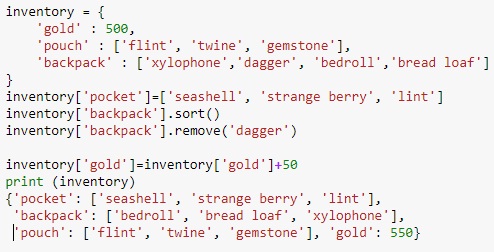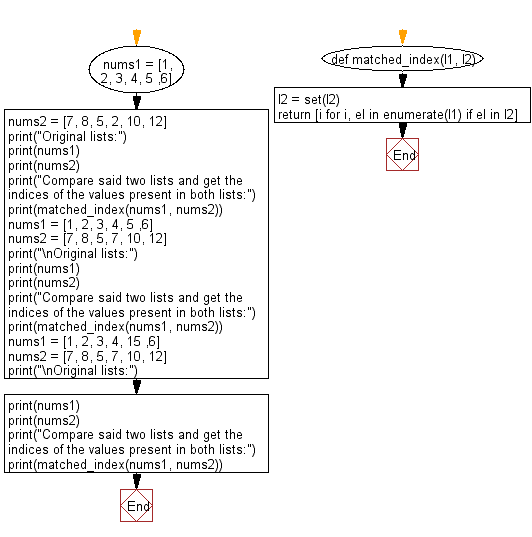
The cmp() method compares the keys and values of the two dictionaries, and returns 0 if they are the same, -1 if the first dictionary is smaller, and 1 if the first dictionary is larger. The method takes two arguments: the first dictionary and the second dictionary. The cmp() method is used to compare two dictionaries in Python. Using the “cmp()” method to Python compare two dictionaries
Compare two list of dictionaries python code#
Since the keys and values of the two dictionaries are the same, the output of the code will be “The two dictionaries are equal”. We then compare the two dictionaries using the “=” operator. In this example, we define two dictionaries dict1 and dict2. Print("The two dictionaries are not equal") # Compare the two dictionaries using the "=" operator If this were a real-life scenario, I would need to handle the situation accordingly.Dict1 = In the data structure that I used here, some of the bands may have guitar or vocals as a single element ( "AnsibleUnicode" in the output) or a list.

The term "list" is self-explanatory, but here are some ways to represent lists: vars:īands2: It turns out comparing two lists in Python is just so tricky as comparing dict s.

Lists are the equivalent of an array, something used in many real programming languages ( which Ansible is not).

This article covers analyzing and using the data in lists and dictionaries, which is crucial for anything you want to do with Ansible. In addition, Ansible uses lists and dictionaries to exchange data within processes and with third parties. In reality, these two operators cover just a small fraction of the most frequent use cases. Most books and tutorials teach object comparison by using either the or the is operator. The way we've been taught to compare two objects in Python is a bit misleading. After all, they are all part of YAML, which administrators use to create Ansible playbooks. Python Tutorials: Difference between List & Array & Tuple & Set & Dict. It turns out comparing two lists in Python is just so tricky as comparing dict s. When you're working with Ansible, it's inevitable that you'll deal with lists and dictionaries. Method 1 : Using loop This is brute force way in which this task can be performed.


 0 kommentar(er)
0 kommentar(er)
